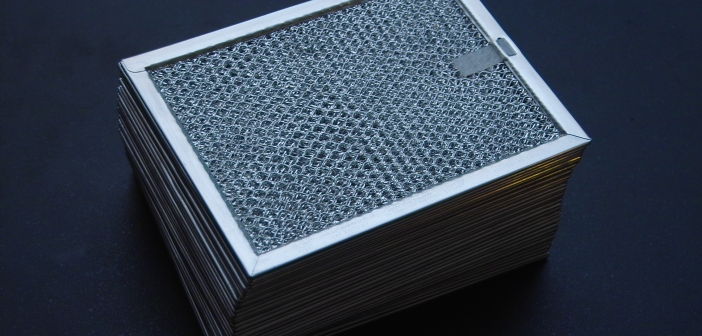RF (radio frequency) and microwave filters are key devices that either reject or pass signals through the use of frequency. The design of the filter determines how much phase shift and insertion loss for signals are allowed to go through the filter.
There are a variety of different kinds of RF and microwave filters. For example, bandpass filters are passive or active circuits that transmit signals from a particular frequency band and also reject signals regarding out-of-band frequencies. Some key examples of bandpass filters may include cavity filters, crystal filters, SAW (surface acoustic wave) filters. Also, band reject filters, such as notch filters and bandstop filters, are tuned circuits geared to prevent signals from passing through within an individual band of frequencies. Essentially, low pass filters facilitate low frequencies to pass through while rejecting higher frequencies. On the contrary, high pass filters pass through high frequencies and therefore reject low frequencies. Here are the key aspects:
• Performance
In terms of performance specifications regarding RF and microwave filters, they involve a number of aspects including specified frequency, voltage standing wave ratio, insertion loss, and bandwidth. Overall, the specified frequency is based on the filter type. According to Anatech Electronics Inc., “For band reject filters and bandpass filters, the specified frequency refers to the center frequency. With regards to low pass filters, the cut-off frequency is the specified frequency. Bandwidth indicates the range of frequencies that key filters pass through with negligible reduction or, for band reject filters, the utmost attenuation.” Ripple refers to the peak-to-peak variation concerning the response of the passband. Last, insertion loss is the entire RF power loss of transmission as a result of device insertion in a particular transmission line.
• Connectors
Both RF and microwave filters utilize many kinds of connectors. BNC (Bayonet Neil-Concelman) connectors are typically used in 2 GHz applications. TNC (threaded Neil-Concelman) connectors are comparable in size to BNC connectors. However, they have a threaded coupling nut that facilitate applications that require 11 GHz performance. MCX (miniature coaxial) connectors offer broadband capacity up to 6 GHz and are primarily used in key applications where physical space and weight are limited.
UHF (ultra high frequency) connectors are created with non-continuous impedance to use in relatively low frequency and low voltage application. SMA (subminiature-A) connectors interface the unique cable dielectric directly, minus the air gaps. SMB (subminiature-B) connectors easily click into place and are typically used for key frequencies ranging from DC up to 4 GHz. SMP (subminiature-P) connectors are rated up to 40 GHz and, based on the type of detent, can endure anywhere from 100 up to 100,000 interconnect cycles in total. Other RF and microwave filter connectors involve 7-16, 1.6/5.6, Type N, Type F, Mini-UHF, and MMCX.
• Mounting Styles
There are a number of mounting styles when it comes to RF and microwave filters. SMT (surface mount technology) integrates elements to a PCB (printed circuit board) by soldering terminals or leads to the board’s top surface. THT (through hole technology) mounts each component by inserting leads via holes within the board and subsequently soldering them in place on the other side of the board. FPAK (flat pack) devices contain flat leads and come in a variety of pin counts and body sizes.
• Filters
In terms of the design of the filter, RF and microwave filters are different. Some of the choices include adjustable filters, SAW filters, crystal filters, and ceramic filters. Ceramic filters are mainly designed by utilizing piezoelectric ceramics in order to pass specific frequencies. Crystal filters, on the other hand, are designed using a quart crystal resonator. Adjustable filters are made to be adjustable in terms of frequency, while SAW filters are manufactured and designed using SAW technology. There are many other filter designs made for both RF and microwave filters as well.




